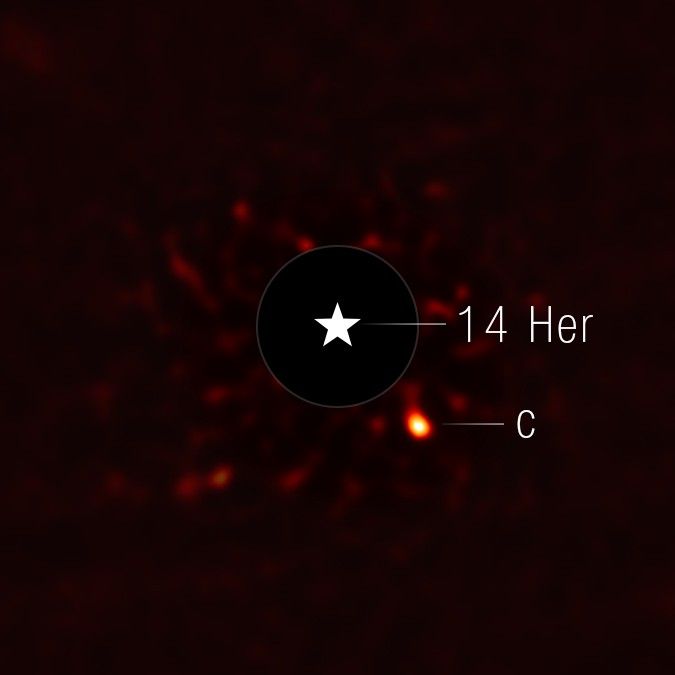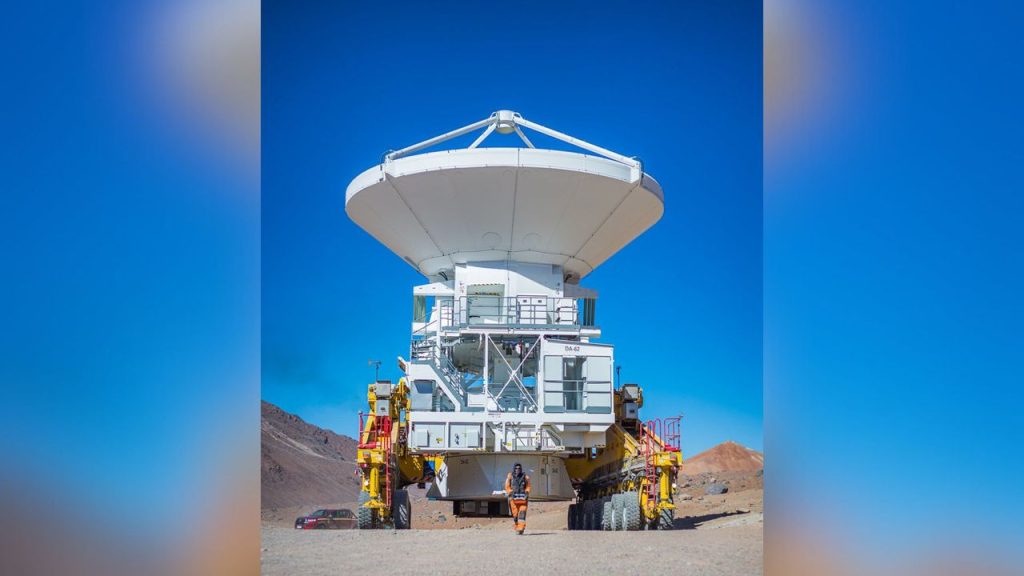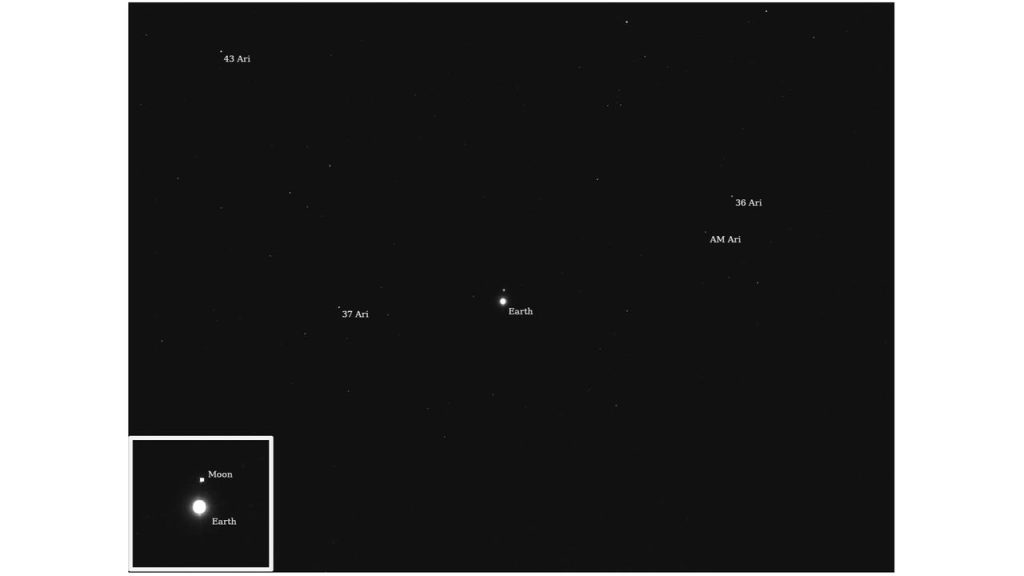Now Reading: NASA’s Webb Captures Image of Frigid Exoplanet in Unusual Orbit
-
01
NASA’s Webb Captures Image of Frigid Exoplanet in Unusual Orbit
NASA’s Webb Captures Image of Frigid Exoplanet in Unusual Orbit

Speedy Summary:
- NASA’s James Webb Space Telescope captured an image of exoplanet 14 Herculis c, located 60 light-years away in the Milky Way.
- The exoplanet is one of the coldest directly imaged to date, with an estimated temperature of 26°F (-3°C).
- 14 Herculis c weighs approximately seven times Jupiter and has a highly elliptical orbit around its host star, wich is similar to the Sun but less massive and cooler.
- Uniquely, the planets within this system have misaligned orbits that intersect at about a 40-degree angle-unlike most systems where orbits align on the same plane. One theory suggests this misalignment resulted from a third planet being ejected early in formation.
- The brightness measurements hint at complex atmospheric dynamics influenced by carbon disequilibrium chemistry similar to brown dwarfs, despite expectations based on mass and age.
- Findings are published in The Astrophysical Journal Letters following their presentation at the American Astronomical Society’s meeting in Alaska.
Indian Opinion Analysis:
the imaging breakthrough achieved through NASA’s James Webb Telescope contributes significantly to understanding planetary systems’ diversity beyond our solar system. For India, advancements like these provide critical global insights into astronomy’s expanding frontier-a field where Indian organizations like ISRO (Indian Space Research Organisation) aim to grow their expertise. Active international collaboration with agencies like NASA could be pivotal for India’s upcoming missions targeting distant worlds and exoplanets research. This study reaffirms humanity’s broader understanding of cosmic evolution while setting new benchmarks for analyzing atmospheric chemistry under frigid conditions-a potential inspiration for future projects aligning with India’s ambitions in space exploration technologies.



























